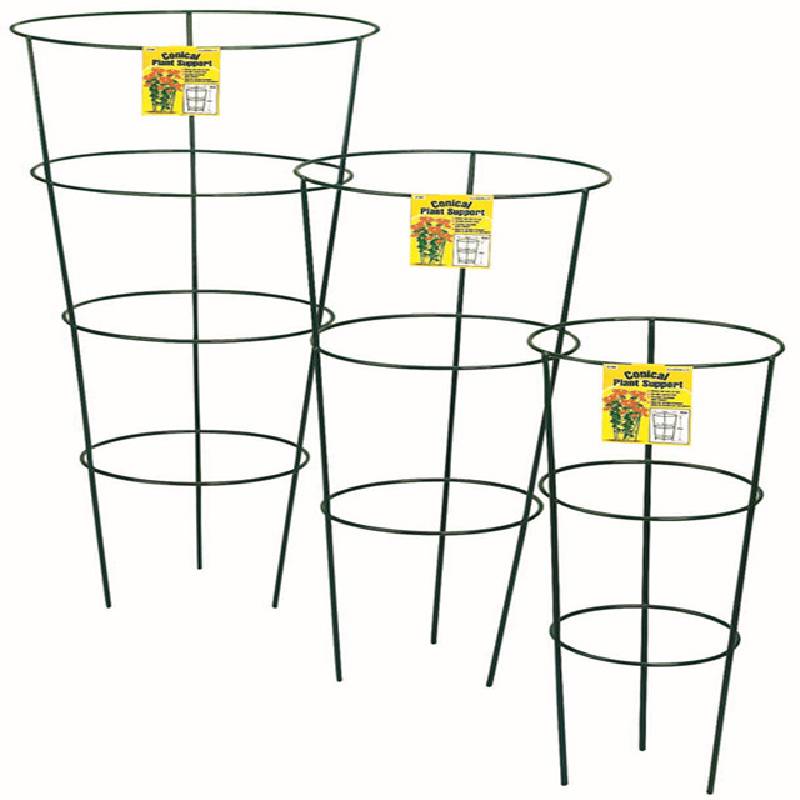
- Mobile Phone
- +8613931874955
- sales@cntcmetal.com
plaster bead types
Understanding Plaster Bead Types A Comprehensive Guide
Plaster beads play a crucial role in the world of construction and interior design, serving both functional and aesthetic purposes. These versatile elements are used to create smooth transitions between plastered surfaces and various architectural features. In this article, we will delve into the different types of plaster beads, their applications, and their significance in achieving flawless finishes in both residential and commercial projects.
What are Plaster Beads?
Plaster beads are strips made from various materials, often metal, plastic, or wood, designed to provide a clean and precise edge to plaster applications. They are primarily used to reinforce edges, protect corners, and create a clean transition between different surfaces. Plaster beads can help prevent cracking and chipping of plastered areas, ensuring durability while enhancing the overall appearance.
Types of Plaster Beads
1. Metal Angle Beads Metal angle beads are often made from galvanized steel or aluminum, providing robust edge protection for plastered corners. They offer excellent strength and durability, making them ideal for high-traffic areas. Angle beads are typically used in corners where two walls meet, creating a sharp, neat finish that is both functional and visually appealing.
2. Plastic Beads Plastic plaster beads are lightweight alternatives to metal beads and are resistant to corrosion. They are popular in contemporary constructions due to their versatility and ease of installation. Plastic beads can be used in a variety of applications, including skimming and rendering, and they provide a smooth surface that helps in plaster finishing.
3. Flexible Beads As interior design trends increasingly favor curves over sharp angles, flexible plaster beads have grown in popularity. Made from flexible PVC or similar materials, these beads can easily bend to accommodate rounded edges and surfaces, providing a seamless look. Flexible beads are often used in architectural features such as arches, domes, and circular walls.
plaster bead types

4. Beaded Edging Beaded edging beads provide decorative finishes to plastered surfaces. They typically feature a decorative bead profile that adds visual interest while serving the functional purpose of protecting the edge. Beaded edging can enhance the aesthetic value of a wall, ceiling, or other plastered areas and is commonly used in traditional or ornate designs.
5. Render Beads Render beads are specialized for external applications where external render systems are employed. They are instrumental in providing a clean edge and protection against the elements. Render beads are designed to accommodate the specific thickness of render, and they help ensure that the finish remains even and aesthetically pleasing.
Applications of Plaster Beads
Plaster beads are utilized across various construction and renovation projects. Their primary applications include
- Corner Protection Metal angle beads are frequently used in internal and external corners to prevent damage and maintain a sharp edge. - Smooth Finishes Both metal and plastic beads allow for smooth plaster finishes, which are crucial in creating surfaces that are visually appealing and easy to maintain. - Decorative Features Beaded edging and flexible beads can enhance the design of spaces by adding character and dimension to walls and ceilings. - Durability With their use, plastered surfaces are reinforced against wear, ensuring long-lasting durability in high-traffic areas.
Conclusion
In conclusion, understanding the different types of plaster beads is essential for successful construction and renovation projects. Each type offers unique benefits, catering to various aesthetic and functional needs. Whether opting for metal angle beads for strength, plastic beads for versatility, or flexible beads for creative designs, choosing the right plaster bead significantly enhances the quality and appearance of plastered surfaces. As you embark on your next project, consider the role of plaster beads in achieving not only durability but also a stunning finish that complements your design vision. With the right knowledge and materials, you can create spaces that are both beautiful and functional.
share:
-
Why Sacrificial Formwork Is Redefining Underground ConstructionNewsJun.06,2025
-
The Structural Dynamics of Modern Concrete: How Snake Spacers Revolutionize Flexible ReinforcementNewsJun.06,2025
-
Snake Spacers Smart-Lock Concrete Reinforcement with Surgical PrecisionNewsJun.06,2025
-
Snake Spacers: Reinforcement Precision for Modern Concrete ProjectsNewsJun.06,2025
-
Snake Spacers Powering Concrete's Structural DNANewsJun.06,2025
-
Slither into Success: Snake Spacers' Precision Bite for Unbreakable ReinforcementNewsJun.06,2025
-
Sacrificial Formwork: Building Stronger, Faster, and Safer StructuresNewsJun.06,2025



















